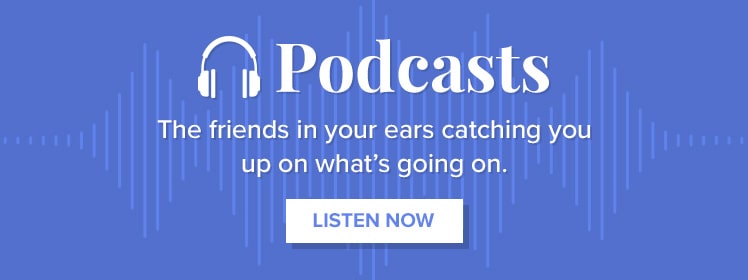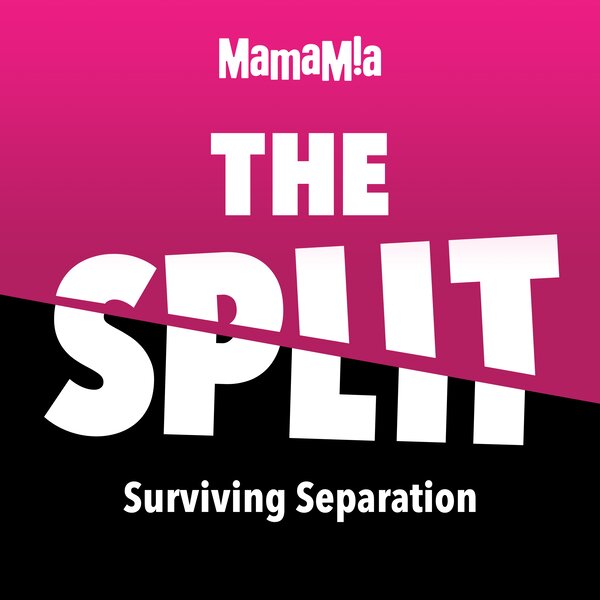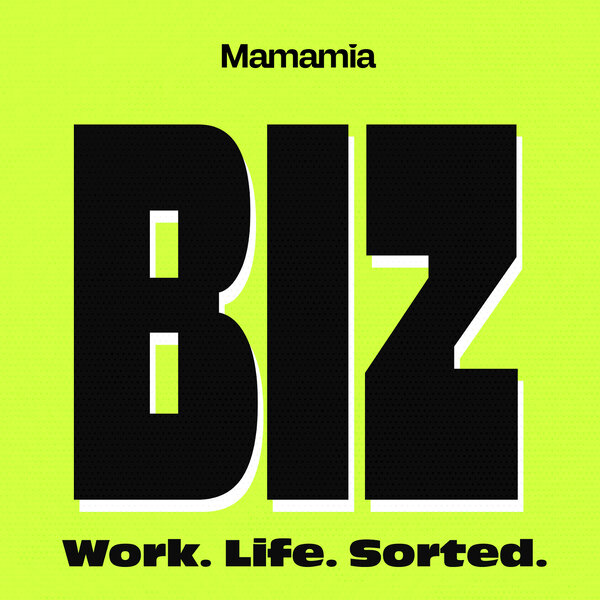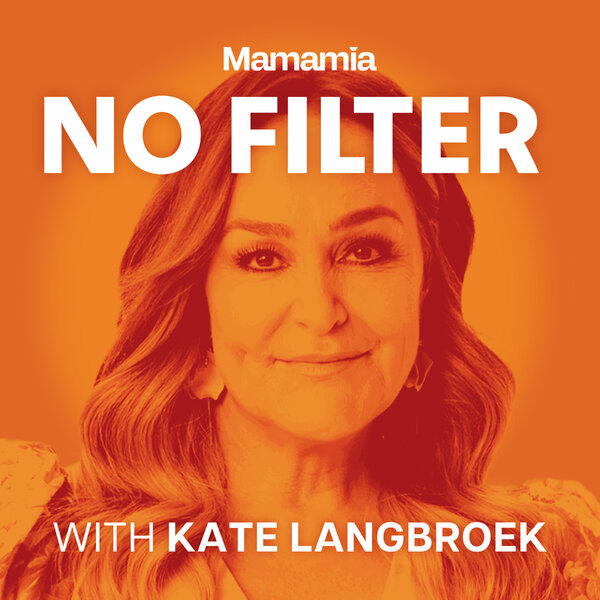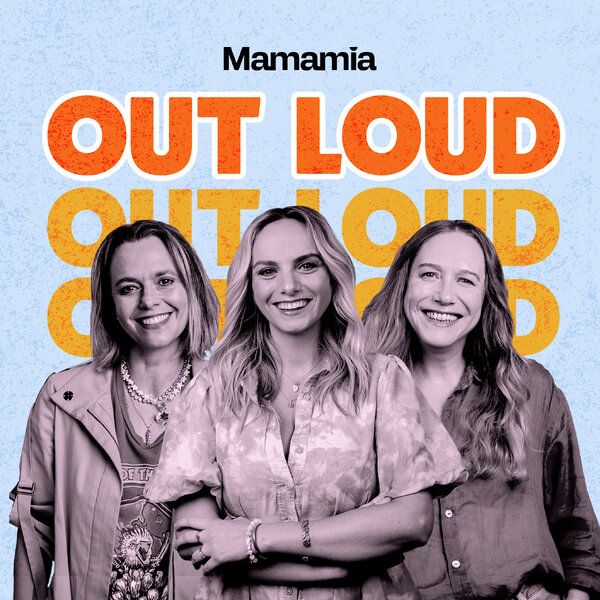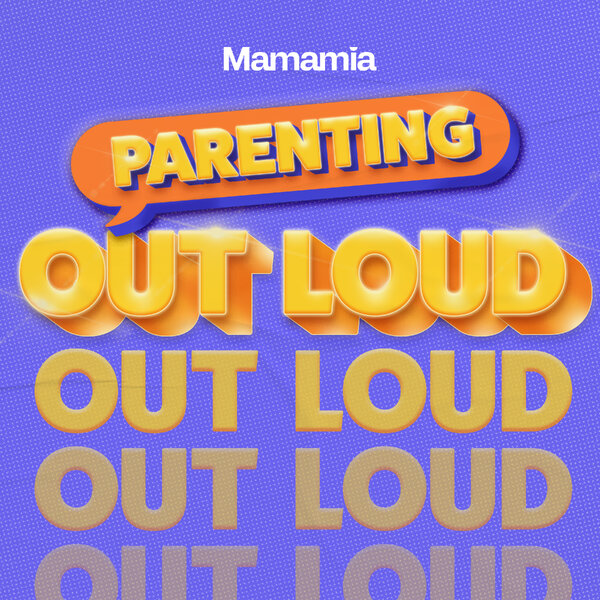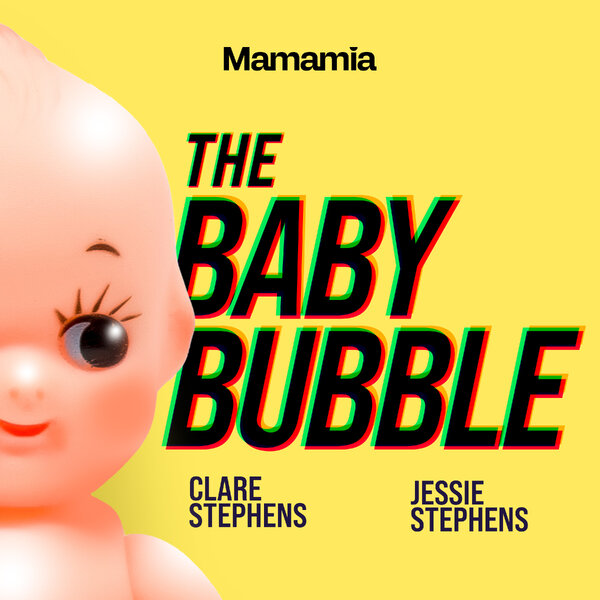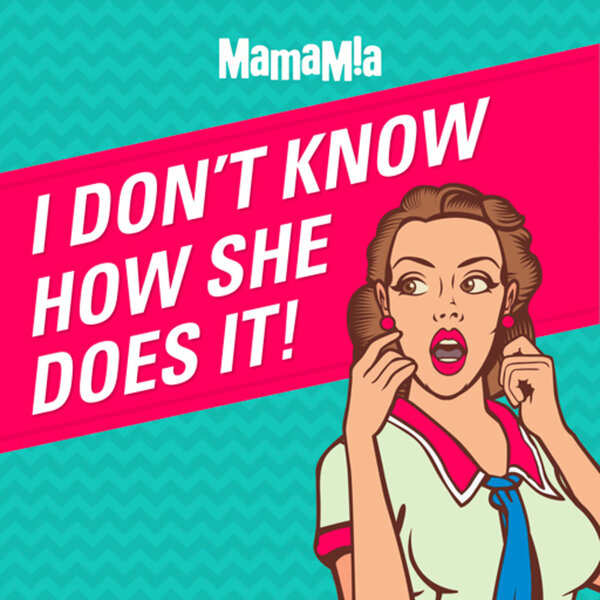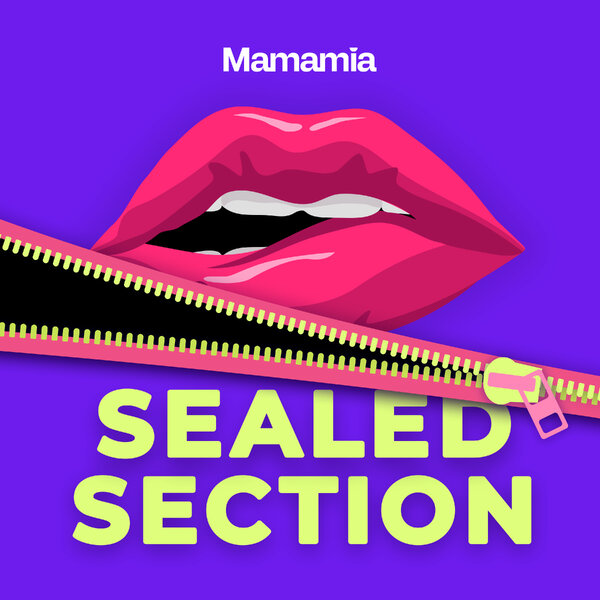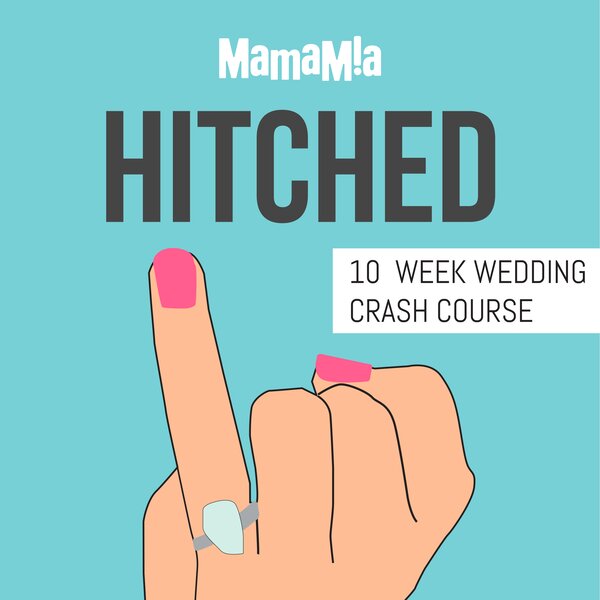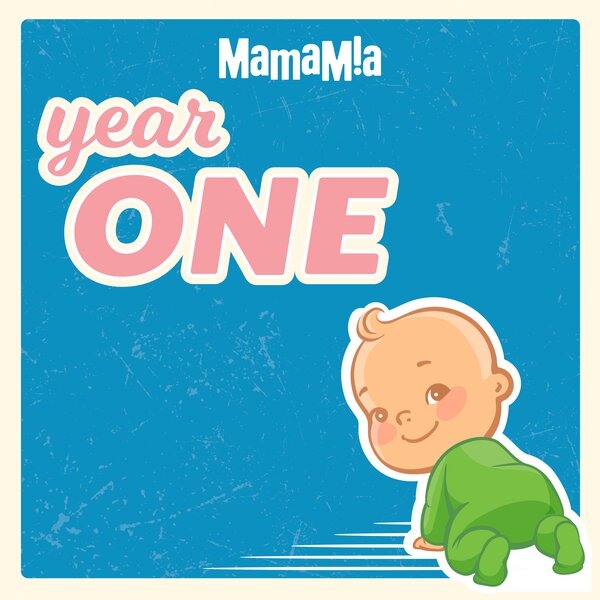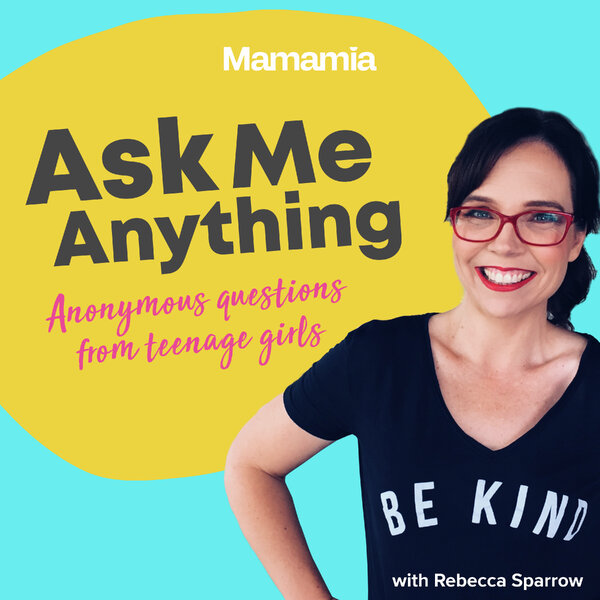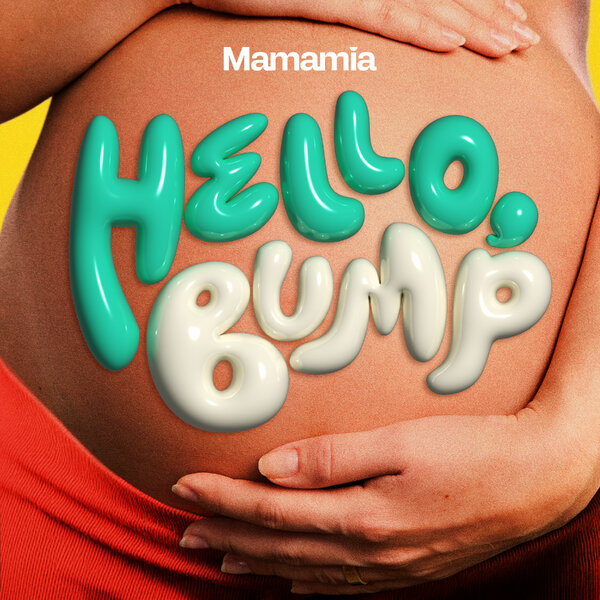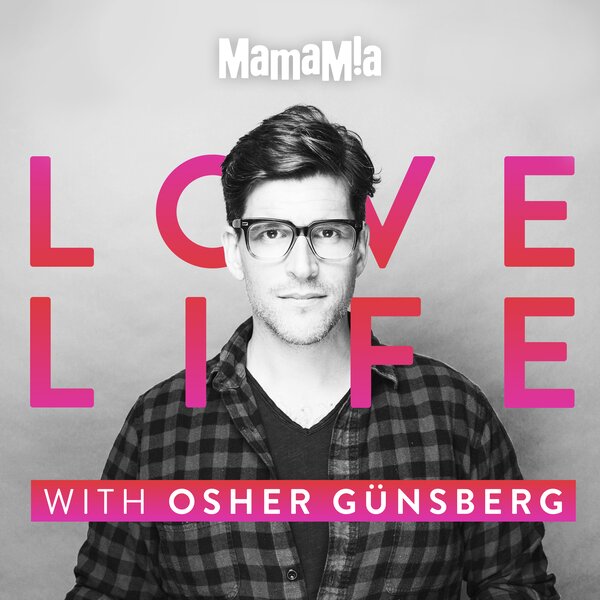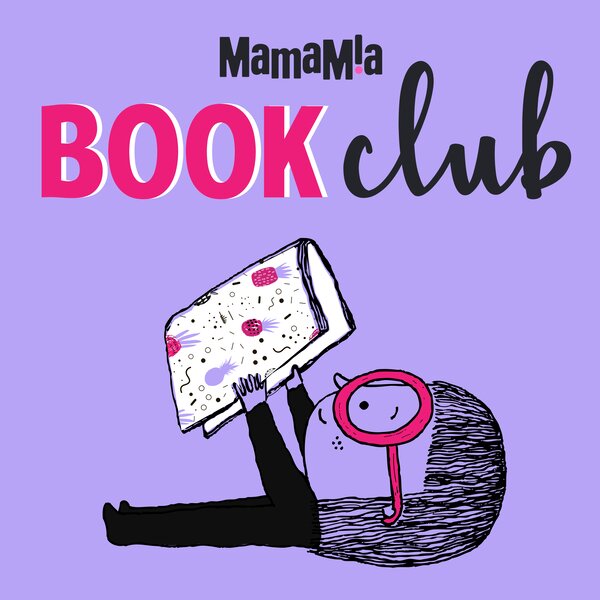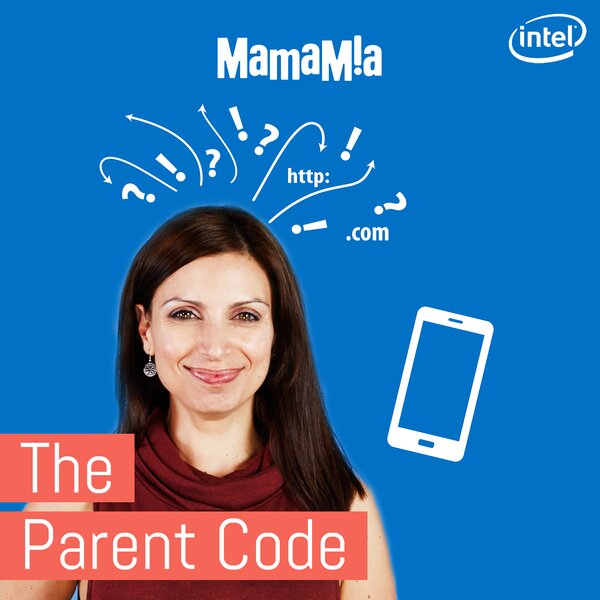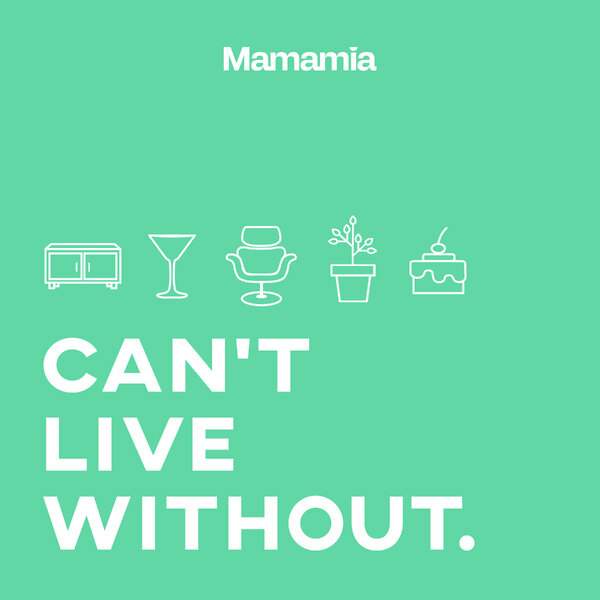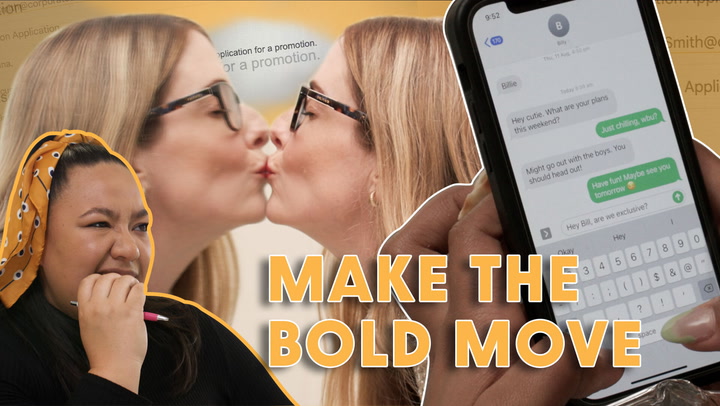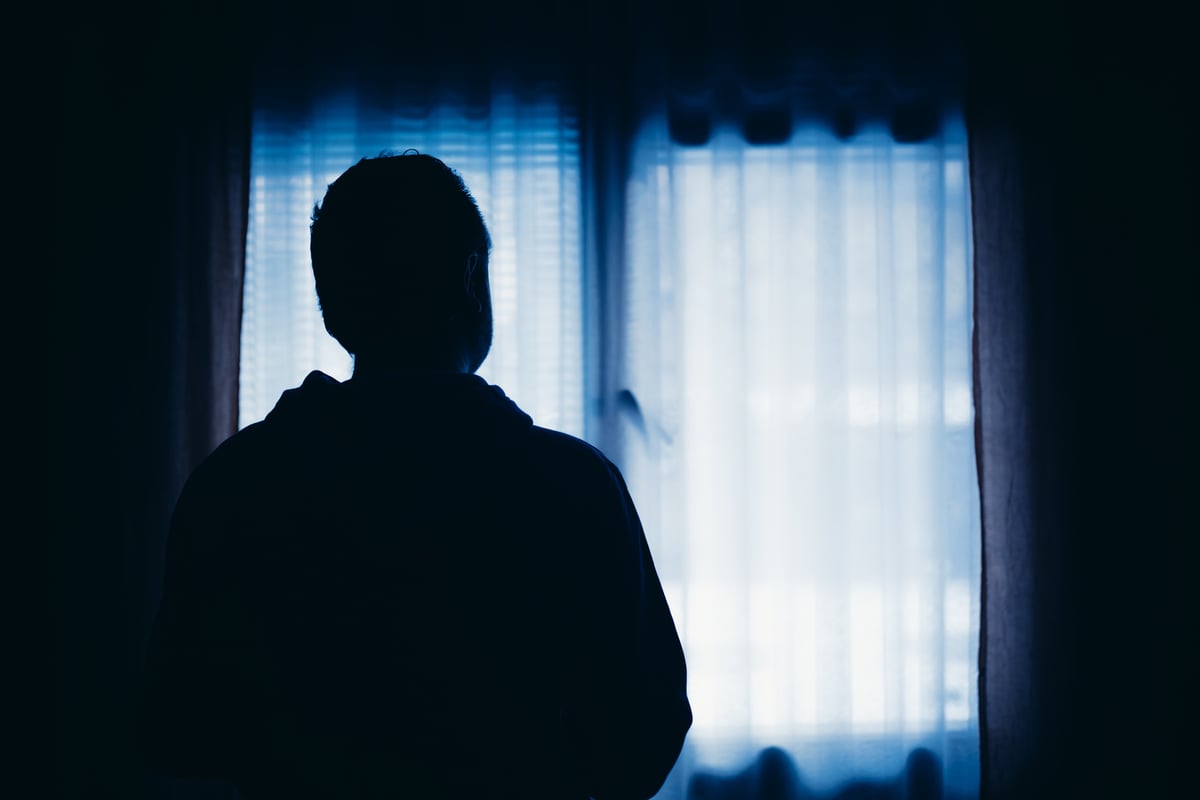
While the nation remains gripped by Netflix's horrifying crime drama Adolescence, another teenage killer is back in the news.
The now 38-year-old man — who can only be identified as 'SLD' for legal reasons — earned the infamy of being Australia's youngest killer after being convicted of the 2001 kidnapping and murder of Central Coast toddler Courtney Morley-Clarke. He was just 13 years old at the time.
After being released on March 15, he is again behind bars after being charged with four counts of breaching his extended supervision order and possessing child abuse material.
Watch: Australia's youngest killer set to be released back into the community.
That he was allowed the opportunity to reoffend in the first place reflects an egregious breakdown of the system that is meant to keep children safe.
SLD's original crime was one of the most disturbing in the country's history. In a time before social media, without a 24-hour news cycle, the horrific nature of the attack was enough to send currents of shock across Australia.
In a middle-class neighbourhood, the discovery that three-year-old Courtney's tiny, naked body had been so brutally discarded in a patch of long grass was awful enough. The fact that it had been done by a 13-year-old boy — was unfathomable.


